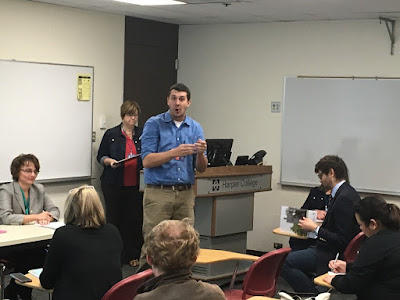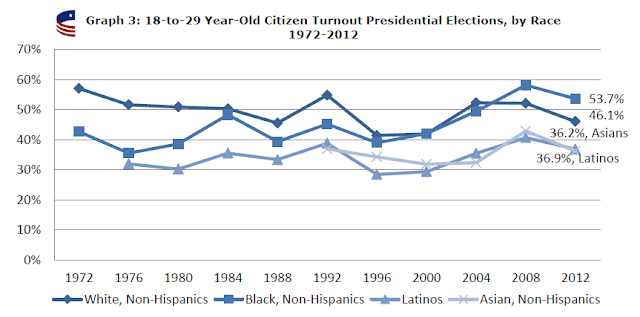Veteran Reporter David Yepsen on Covering and Teaching Political Campaigns
by Shawn Healy, PhD, Civic Learning Scholar Following a conversation with Dr. John Jackson at SIU-Carbondale, I sat down with David Yepsen, Director of the Paul Simon Public Policy Institute , and long-time political columnist for the Des Moines Register. David was long viewed as the dean of Iowa journalists and a critical gate keeper for any presidential candidate testing his mettle in the Iowa Caucuses. David began by providing his own reflections on the 2016 presidential contest, pointing to high unfavorable ratings among the two major party presidential nominees. He also weighs in on the remaining work for each of them in the final sprint to the finish line in order to secure victory. I also asked David to comment on Donald Trump’s competitiveness in Iowa and Illinois’ likely preference for home state candidate Hillary Clinton. David later pivoted to down ballot races, including the competitive Illinois U.S. Senate race and the proxy war among state legislative candi...



